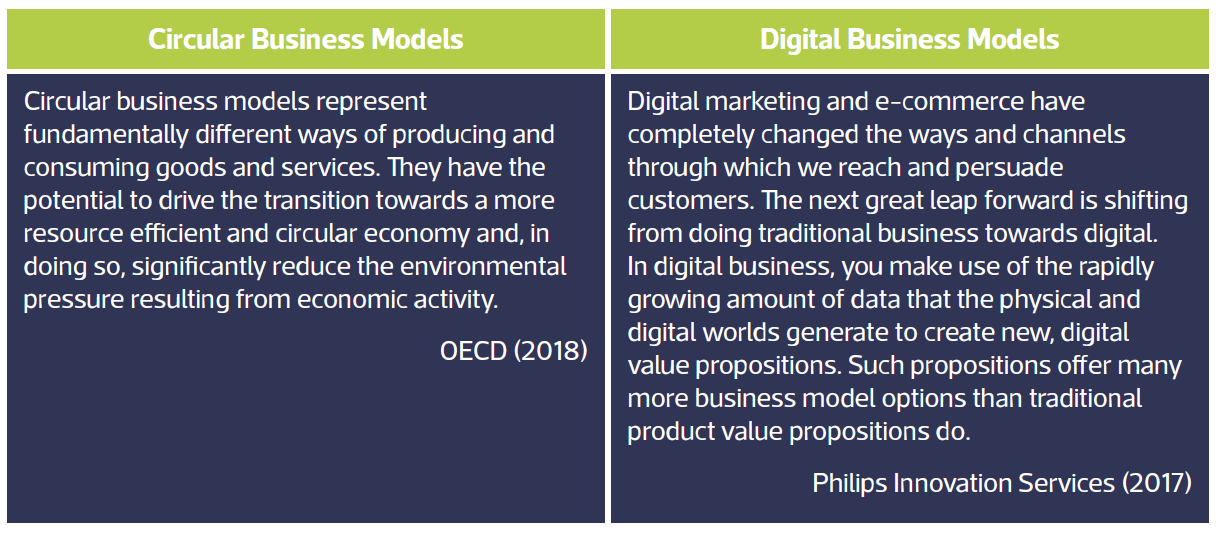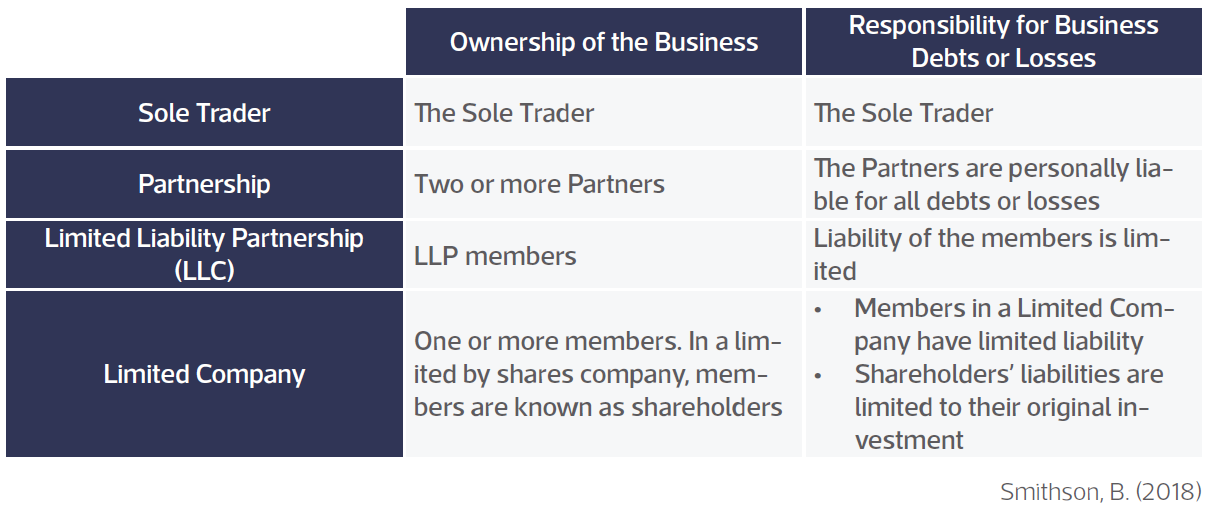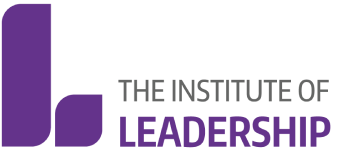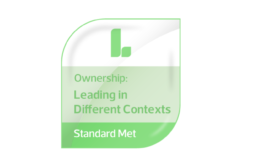What Do We Mean By ‘Context’?
A PESTLE analysis is one form of context analysis an organisation can undertake to gain insights into its external environment, whilst a SWOT analysis can provide the organisation with insights into its strengths and weaknesses and opportunities and threats posed by that external environment within which they operate.

Business Models
When used together, PESTLE and SWOT are crucial for strategic analysis and the development of a strategic plan. A Business Model complements the strategic plan by showing at a high level how an organisation will achieve its long-term objectives, and should not be confused with a business plan; a business plan will support the high-level business model by setting out in detail the steps needed to provide value to customers and clients.
Business models are always developing and new models emerging as organisations strive to gain competitive advantage in today’s VUCA (Volatility, Uncertainty, Complexity, Ambiguity) world, and recent developments include Circular Business Models to take account of sustainability issues and Digital Business Models that take advantage of developments in digital technologies.

Examples of Circular Business Models include:
- Circular supply models, replacing traditional material inputs derived from virgin resources with bio-based, renewable, or recovered materials
- Resource recovery models recycle waste into secondary raw materials
- Product life extension models extend the use period of existing products
- Sharing models facilitate the sharing of under-utilised products
- Product service system models, where services rather than products are marketed
OECD (2018)
The added value generated by numerous well-known businesses would not be possible without the use of digital technologies:
‘Amazon, Uber and Airbnb are companies that would have no business without the technologies of the Internet. Amazon might be a local marketplace today, Airbnb a room agency in several cities and Uber a taxi center or a carpool agency.’ Innolytics (2020)
The digital transformation of the Public Sector is also on the agenda of many governments as they strive to increase collaboration across departments and make public services more efficient and more responsive to the needs of their citizens.
The UK government promoted digital development and the need to make public services digital by default through 2010 to 2015, and the Government Digital Service (GDS) defines its responsibilities as:
- We help government work better for everyone by leading digital transformation.
- We help people interact with government more easily and support government to operate more effectively and efficiently.
UK Government (2020a).
Business Models and Legal Entities
Choosing the right business model is critical for anyone setting up in business because there are legal obligations and implications for taxation and National Insurance, remuneration, ownership of the business, and liabilities for any business debts or losses.
The four main types of business legal entity are Sole Trader, Partnership, Limited Liability Partnership (LLP) and Limited Company,

Social Enterprise
A Social Enterprise is a business that has social objectives rather than maximising profits as its primary purpose.
There are different types and structures associated with Social Enterprises, but they all share the following five characteristics:
- They have a social mission written into their company
- They make more than 50% of their money from trading
- They reinvest or give away more than 50% of their profits to further their social mission
- They are independent: owned and controlled in the interests of the social mission
- They are transparent in how they report their social impact and how they operate
- Social Enterprise UK (2017)
Social Enterprises still need a business model or structure, and in the UK this will mean setting-up as one of the following:
- Charity
- Co-Operative
- Company limited by guarantee (CLG)
- Company limited by shares (CLS)
- UK Government (2020b)
A Community Interest Company (CIC) is a limited company structure with additional protections specifically created for social enterprises in 2005 and can be a CLG or a CLS.
References
Ashkenas, R. (2015). To Lead Change, Explain the Context https://hbr.org/2015/11/to-lead-change-explain-the-context
Innolytics (2020) What is a digital business model? https://innolytics-innovation.com/digital-business-model/
OECD (2018). Business Models for the Circular Economy © OECD 2018
Philips Innovation Services (2017). Three steps to digital business models https://www.innovationservices.philips.com/news/three-steps-to-digital-business-models/
Smithson, B. (2018) Choosing the right business structure https://companieshouse.blog.gov.uk/2018/07/18/choosing-the-right-business-structure/
Social Enterprise UK (2017). Start Your Social Enterprise © 2017 Social Enterprise UK
UK Government (2020a). The Government Digital Service: who we are and what we do https://www.gov.uk/government/publications/the-government-digital-service-who-we-are-and-what-we-do
UK Government (2020b). Setting up a social enterprise https://www.gov.uk/set-up-a-social-enterprise
Are you good at leading in different contexts? Test yourself with our Scorecard.
If you’re a member, you can test yourself on Leading in Different Contexts and see if you meet the standard.
Spotlights
Further Resources
From the blog









